Jiageng Song
Orthogonal Hyper-category Guided Multi-interest Elicitation for Micro-video Matching
Jul 20, 2024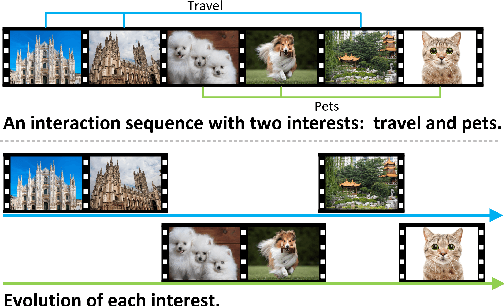
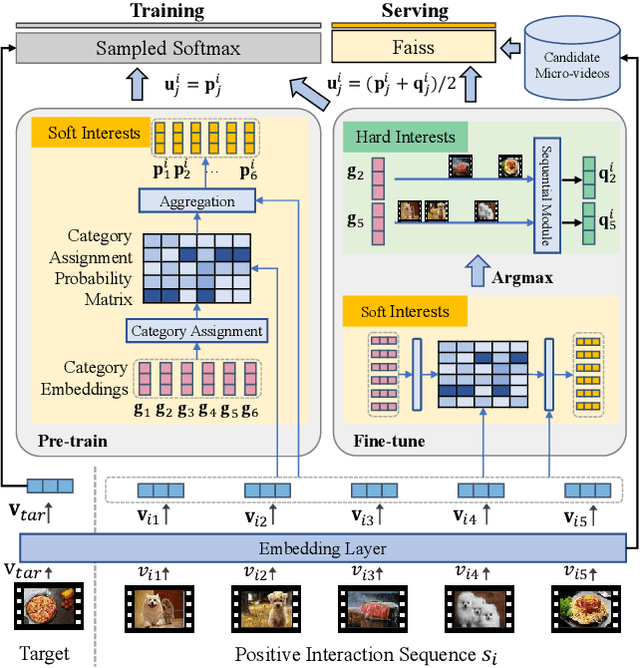
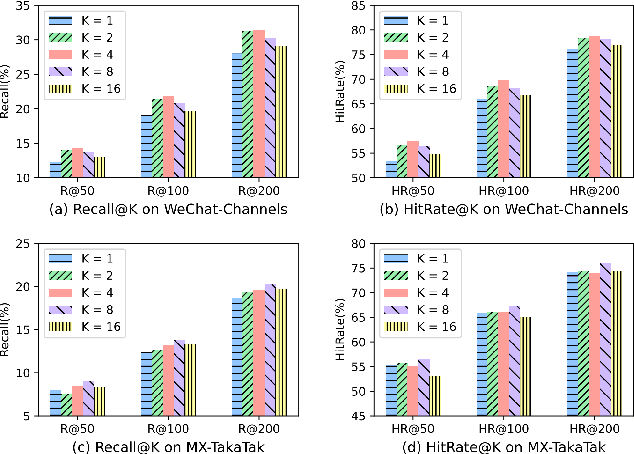
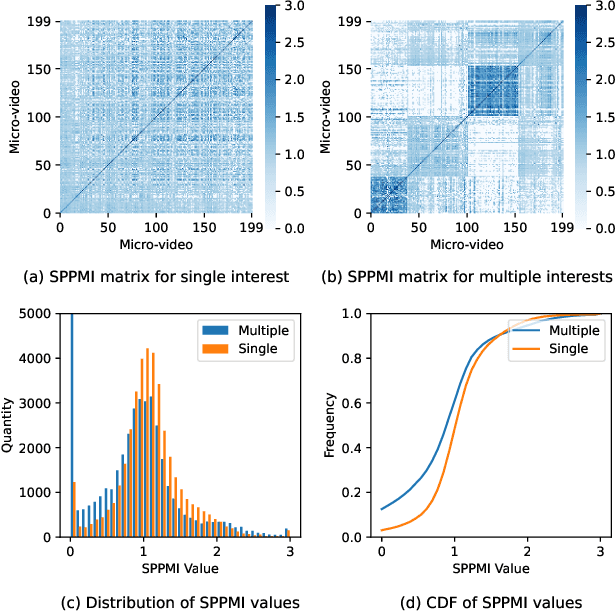
Abstract:Watching micro-videos is becoming a part of public daily life. Usually, user watching behaviors are thought to be rooted in their multiple different interests. In the paper, we propose a model named OPAL for micro-video matching, which elicits a user's multiple heterogeneous interests by disentangling multiple soft and hard interest embeddings from user interactions. Moreover, OPAL employs a two-stage training strategy, in which the pre-train is to generate soft interests from historical interactions under the guidance of orthogonal hyper-categories of micro-videos and the fine-tune is to reinforce the degree of disentanglement among the interests and learn the temporal evolution of each interest of each user. We conduct extensive experiments on two real-world datasets. The results show that OPAL not only returns diversified micro-videos but also outperforms six state-of-the-art models in terms of recall and hit rate.
Improving Micro-video Recommendation by Controlling Position Bias
Aug 09, 2022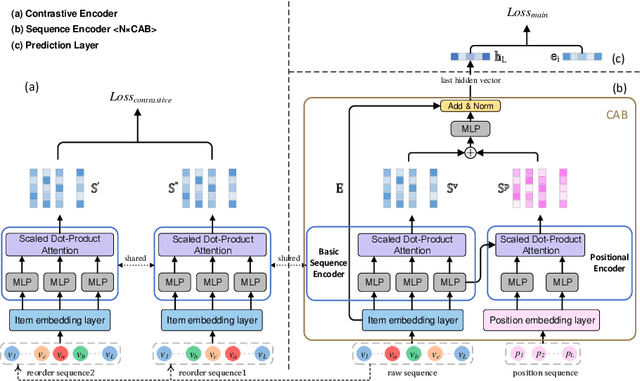

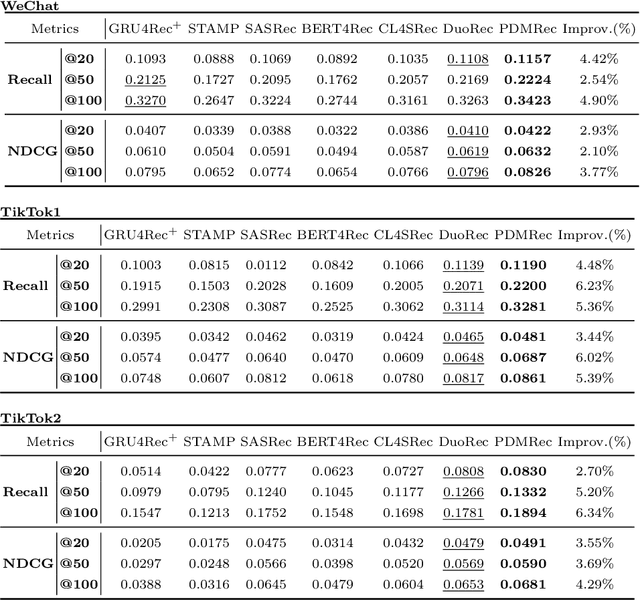

Abstract:As the micro-video apps become popular, the numbers of micro-videos and users increase rapidly, which highlights the importance of micro-video recommendation. Although the micro-video recommendation can be naturally treated as the sequential recommendation, the previous sequential recommendation models do not fully consider the characteristics of micro-video apps, and in their inductive biases, the role of positions is not in accord with the reality in the micro-video scenario. Therefore, in the paper, we present a model named PDMRec (Position Decoupled Micro-video Recommendation). PDMRec applies separate self-attention modules to model micro-video information and the positional information and then aggregate them together, avoid the noisy correlations between micro-video semantics and positional information being encoded into the sequence embeddings. Moreover, PDMRec proposes contrastive learning strategies which closely match with the characteristics of the micro-video scenario, thus reducing the interference from micro-video positions in sequences. We conduct the extensive experiments on two real-world datasets. The experimental results shows that PDMRec outperforms existing multiple state-of-the-art models and achieves significant performance improvements.
Improving Micro-video Recommendation via Contrastive Multiple Interests
May 19, 2022

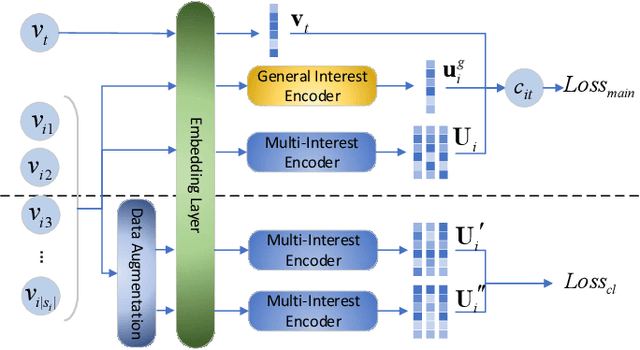

Abstract:With the rapid increase of micro-video creators and viewers, how to make personalized recommendations from a large number of candidates to viewers begins to attract more and more attention. However, existing micro-video recommendation models rely on expensive multi-modal information and learn an overall interest embedding that cannot reflect the user's multiple interests in micro-videos. Recently, contrastive learning provides a new opportunity for refining the existing recommendation techniques. Therefore, in this paper, we propose to extract contrastive multi-interests and devise a micro-video recommendation model CMI. Specifically, CMI learns multiple interest embeddings for each user from his/her historical interaction sequence, in which the implicit orthogonal micro-video categories are used to decouple multiple user interests. Moreover, it establishes the contrastive multi-interest loss to improve the robustness of interest embeddings and the performance of recommendations. The results of experiments on two micro-video datasets demonstrate that CMI achieves state-of-the-art performance over existing baselines.
 Add to Chrome
Add to Chrome Add to Firefox
Add to Firefox Add to Edge
Add to Edge